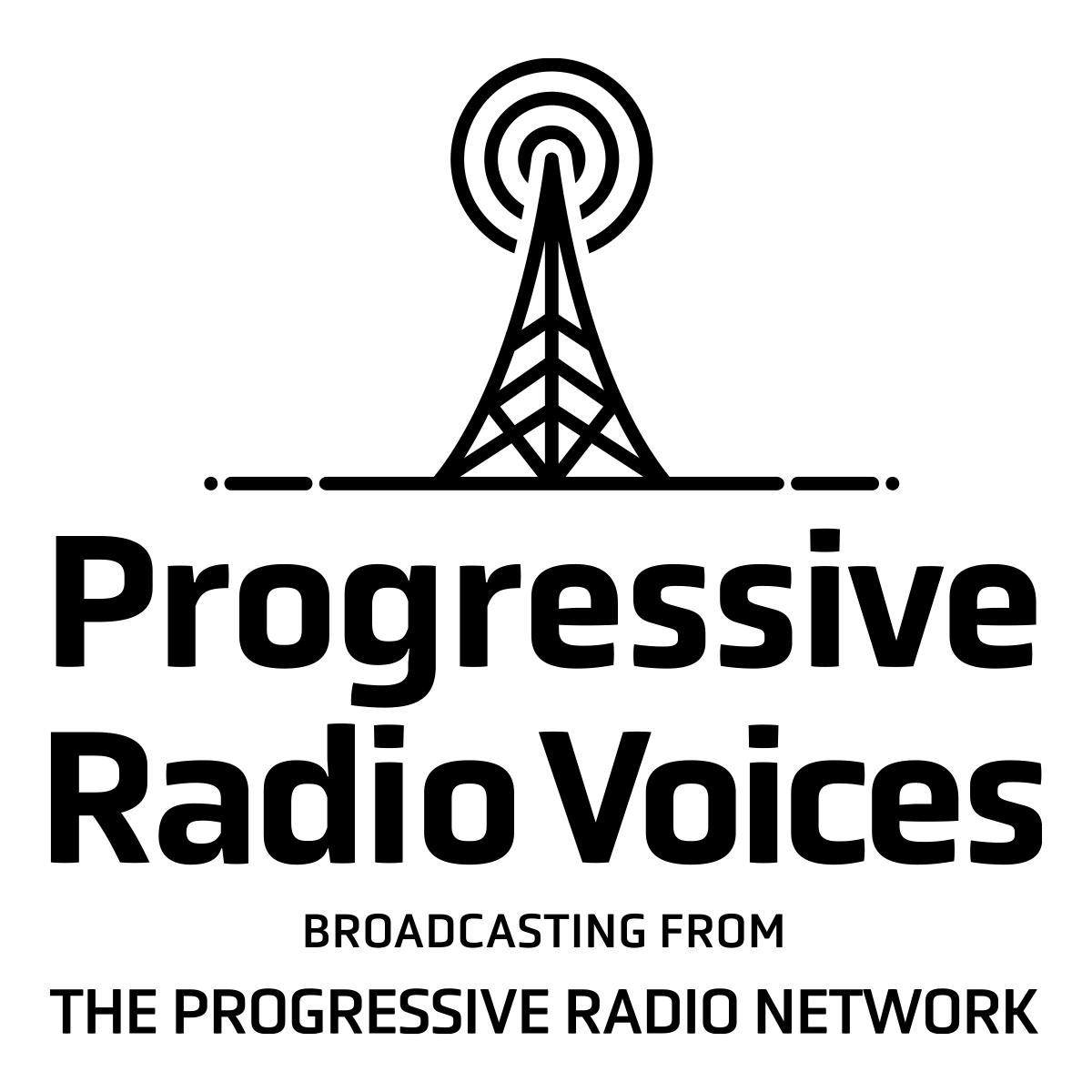As Jack Rasmus predicted last week, the initial scenario for the Brexit vote is not an immediately global financial crash. The threat is more intermediate than short term. The analogy is not Brexit as a ‘Lehman Brothers’ event, the US bank collapse that ushered in the financial crash of 2008-09, but more similar to a ‘Bear Sterns’ event, the US bank that collapsed in the US early in 2008. Brexit is a warning shot fired across the bow of the global capitalist economy, not the precipitating event for another crash. Jack explains how global investors are waiting to see what happens next before dropping the other shoe. Jack reviews the likely intermediate effects of Brexit on global markets—currencies, bond rates, stocks, real investment, deflation, productivity, bank lending, consumption, and GDP. The relative effects of Brexit on economic regions are also covered: the UK, EU, US, China, EMEs. Recession in the UK will occur first, Jack explains. Europe will stagnate further. Japan’s recession will deepen, the US will enter recession in 2017 soon after the elections. China eventually will have to devaluate its currency with severe global consequences—i.e. the effects of Brexit on financial markets and real economies is just beginning. Political instability in the UK, in both conservative and labor parties is reviewed, with splits deepening in both. What Brexit also means for growing political instability for France, Spain, Netherlands, and Italy; how Brexit is penetrating the US election campaigns, as US elites and corporate push back on both candidates. Jack warns the weak spots of global capital today are Italy’s banks and Japan, where the most likely next ‘Bear Stearns’ event will emerge. Longer term, the UK currency and London as global financial center are finished as global players.
Alternative Visions – US GDP for January-March Collapse—5th Time in 5 Years – 04.29.16
Dr. Jack Rasmus dissects the latest report on US economic growth for first quarter 2016, showing a mere 0.5% annual GDP growth rate. The collapse confirms his prediction of early January 2016, and confirms the US economy remains on a ‘stop-go’ trajectory, having again slipped into a ‘stall speed’ that raises risks of US sliding into recession. Rasmus explains the longer term trends behind the 0.5%, and why the US 0.5% annual growth rate, when compared to the previous quarter, is an even lower 0.1% GDP or less. Averaging over 8+ years, the US economy has grown only 10.1%, or barely 1%, or even less per year after adjustments. Jack explains how the US and other countries have been redefining GDP to help the appearance of growth—including China, India and Europe as well as US. The more fundamental trends behind 1st quarter US GDP are then reviewed–including business investment, industrial production, exports, consumption, and prices, all of which suggest the US economy nearing the brink of another recession. Why the US economy keeps ‘relapsing’ periodically since 2009 is discussed, as well as the likely impact of the 1st quarter US slowdown on other global economies and markets. (For more information, listeners should read Jack’s recent Telesur media article on US GDP posted on the PRN network website—‘Is the US Economy Heading for Recession?’)


